Search
Search Results
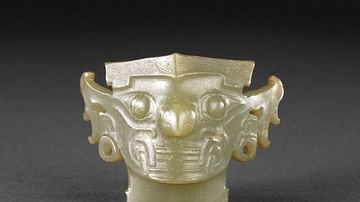
Image
Chinese Jade mask
A Chinese miniature jade mask. 2nd millennium BCE. Height: 4 cm. (British Museum, London)
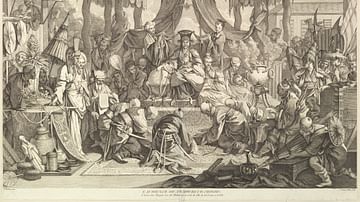
Image
An Audience with a Chinese Emperor
An 18th century CE engraving by Jacques Gabriel Huquier illustrating an audience with a Chinese emperor. (The Metropolitan Museum of Art, New York)
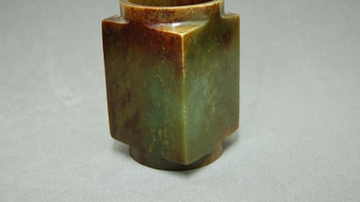
Image
Chinese Cong
A Chinese cong of jade, a ritual object commonly found in tombs but of unknown function. Unknown date but probably Neolithic. Height: 12.9 cm. (British Museum, London)
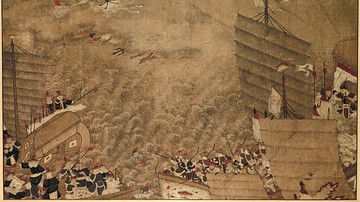
Image
Wako & Chinese Naval Battle
An 18th century CE illustration showing a naval battle between Japanese pirates (wako) and Chinese naval ships. (Rijksmuseum, Amsterdam)
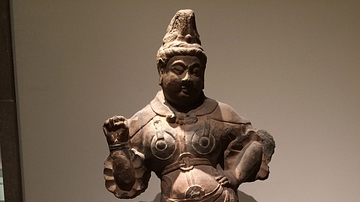
Image
Chinese Celestial King
Limestone figure depicting a Chinese celestial king. Tang dynasty, 7th-8th century CE. (Musée Guimet, Paris)
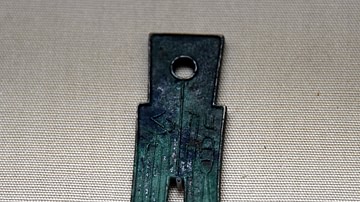
Image
Chinese Bronze Hoe Coin
Bronze spade money (worth 25 standard coins) with Chinese inscription, minted in China under the rule of Wang Mang, Xin Dynasty, 9-23 CE. Wang Mang's four coinage reforms were not successful and the widely accepted wuzhu were soon reissued...
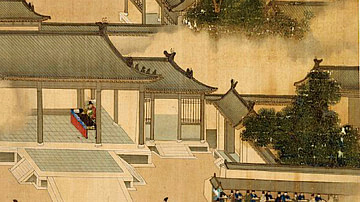
Article
The Civil Service Examinations of Imperial China
The civil service examinations of Imperial China allowed the state to find the best candidates to staff the vast bureaucracy that governed China from the Han Dynasty onwards (206 BCE - 220 CE). The exams were a means for a young male of any...
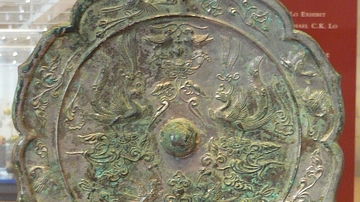
Image
Chinese Bronze Mirror with Phoenix Motif
This Chinese bronze mirror with a phoenix motif dates from the Tang dynasty (618-907 CE). The phoenix was the female counterpart to the male dragon in mythology, and it was also a symbol of Chinese empresses. (Royal Ontario Museum, Toronto)
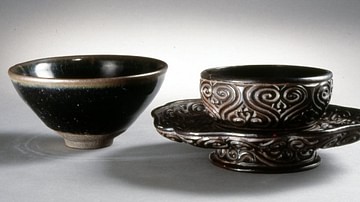
Image
Chinese Tea Bowl & Stand
Left: A Chinese tea bowl of black glazed stone ware, Song Dynasty, 960-1279 CE.
Right: A Chinese lacquered bowl stand, Yuan Dynasty, 13th century CE.
(British Museum, London)
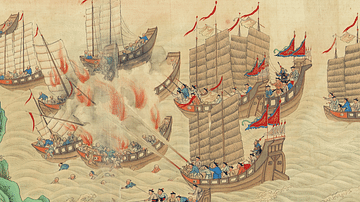
Definition
Zheng Yi
Zheng Yi (also Cheng I, Ching Yih, Cheng Yao-I, Cheng Wen-Hsien, or Cheng Yud) was a Chinese pirate who lived from 1765 to 1807. Operating in the South China Sea, Zheng Yi famously led a 600-ship pirate confederation. This force of more than...